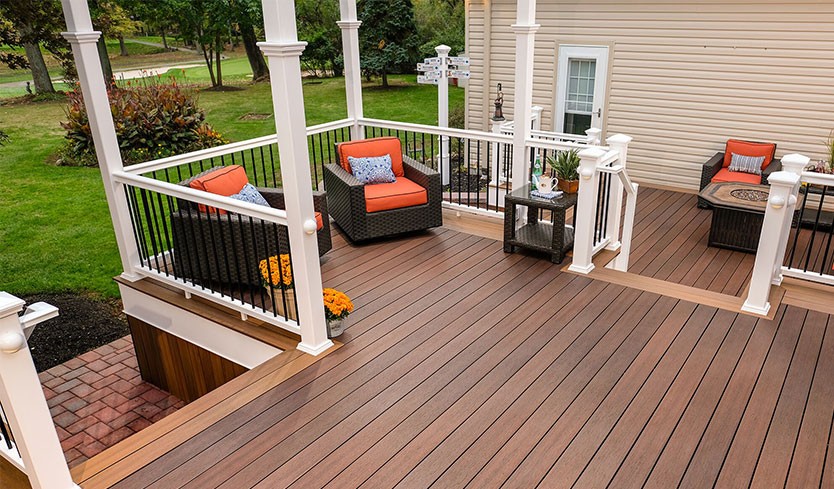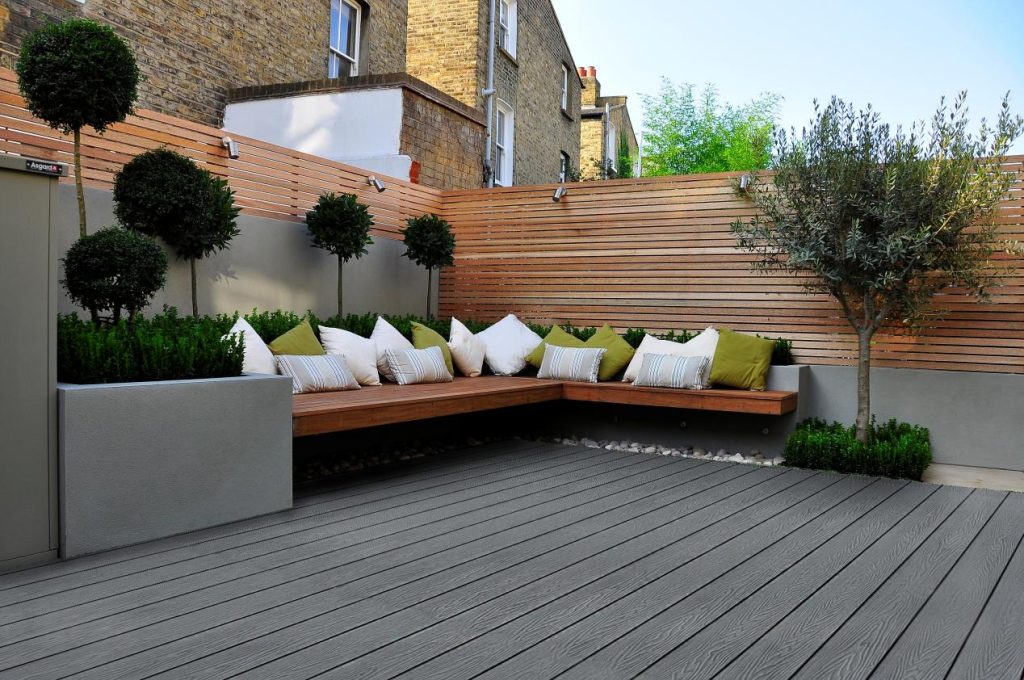When it comes to choosing the right joist for your WPC (Wood Plastic Composite) decking or wall cladding project, making an informed decision is crucial for ensuring longevity, stability, and overall performance. In this comprehensive guide, we’ll delve into three popular joist options—aluminium, wood, and WPC joists—highlighting their respective pros and cons.
Aluminium Joist:
Aluminium joists have gained popularity in the construction industry for their impressive qualities. Resistant to rust, corrosion, and decay, these joists ensure a long lifespan for your WPC products. The complete water and moisture resistance make them ideal for outdoor applications where exposure to the elements is inevitable.
One of the standout features of aluminium joists is their lightweight nature. This not only simplifies the installation process but also reduces the overall load on the WPC wall cladding system. Despite their lightness, these joists boast high strength, providing robust support for wall cladding structures.
Another advantage of aluminium joists lies in their minimal thermal expansion, preventing deformation over time. This makes them a reliable choice for areas with fluctuating temperatures, ensuring the structural integrity of the WPC products they support.
Pros of Aluminium Joists:
- Rust, corrosion, and decay resistance for a prolonged lifespan.
- Complete water and moisture resistance, perfect for outdoor applications.
- Lightweight design reduces the load on the wall cladding system.
- High strength provides robust support for wall cladding.
- Minimal thermal expansion prevents deformation.
Cons of Aluminium Joists:
- Cost: Generally more expensive compared to wood and WPC joists.
- Thermal Conductivity: Can conduct heat, potentially affecting insulation.
Wood Joist:
Wooden joists have been a traditional choice for construction projects, offering a natural and timeless aesthetic. Despite the rise of alternative materials, wood joists still hold their ground in the industry. One of the primary advantages is their cost-effectiveness, making them a budget-friendly option compared to aluminium and WPC alternatives.
Wood joists provide a strong grip for secure nail placement, ensuring stability in the installation of WPC products. Their easy processing and installation make them a preferred choice for DIY enthusiasts and professionals alike.
Pros of Wood Joists:
- Natural Aesthetics: Offers a traditional and natural look.
- Cost-Effective: Generally more affordable than aluminium and WPC joists.
- Strong grip ensures secure nail placement.
- Easy to process and install.
Cons of Wood Joists:
- Maintenance: Requires regular upkeep to prevent decay, pests, and deterioration.
- Weight: Heavier than aluminium, potentially making installation more labor-intensive.
WPC Joist:
WPC joists represent a modern and sustainable option for supporting WPC products. These joists are resistant to rot, decay, and pests, ensuring a longer lifespan and reducing the need for frequent maintenance. The water absorption resistance of WPC joists makes them particularly suitable for outdoor applications, where exposure to moisture is inevitable.
Crafted from recycled materials, WPC joists contribute to environmentally friendly construction practices. Their recyclability further underscores their commitment to sustainability, making them a responsible choice for those who prioritize eco-friendly building materials.
Pros of WPC Joists:
- Durability: Resistant to rot, decay, and pests, ensuring an extended lifespan.
- Water Absorption Resistance: Ideal for outdoor applications.
- Crafted from recycled materials for a sustainable choice.
- Low Maintenance: Requires minimal upkeep, eliminating the need for regular painting or staining.
Cons of WPC Joists:
- Cost: Generally falls between the cost of wood and aluminium.
- Appearance: May not offer the same natural aesthetics as wood, depending on design preferences.
Conclusion:
Choosing the right joist for your WPC products is a decision that involves weighing the pros and cons of each material. Aluminium joists offer durability and lightweight design but come at a higher cost. Wood joists, on the other hand, provide a classic look and affordability but require regular maintenance. WPC joists combine modern durability with sustainability, making them a well-rounded choice for environmentally conscious projects.
Ultimately, the choice between aluminium, wood, and WPC joists will depend on your specific project requirements, budget constraints, and aesthetic preferences. By understanding the unique features of each joist type, you can make an informed decision that ensures the success and longevity of your WPC products.







